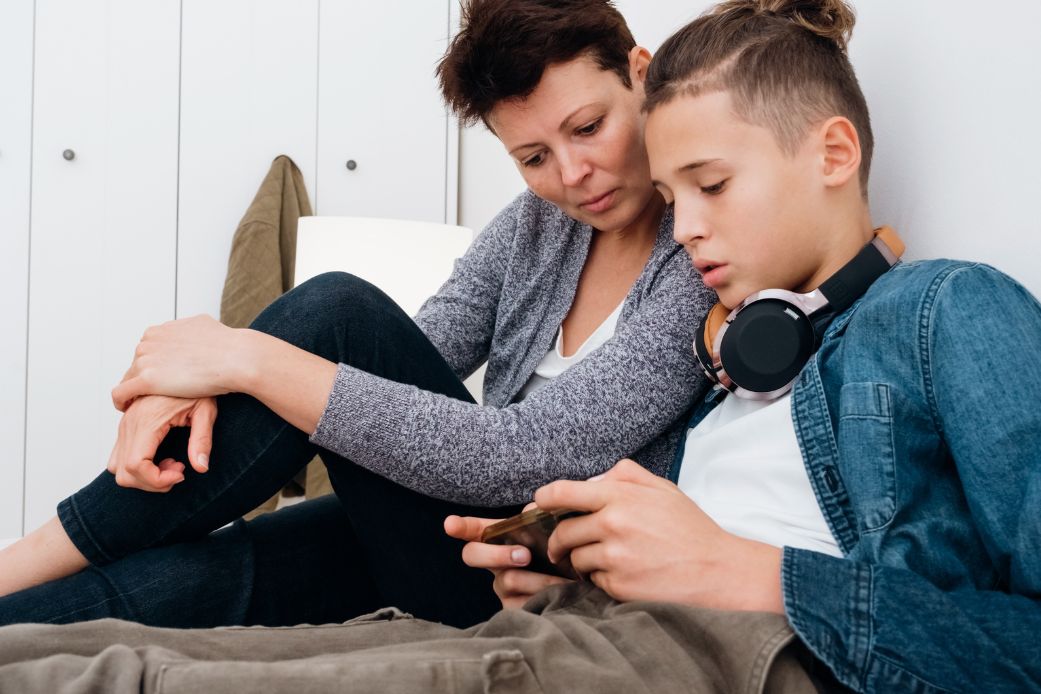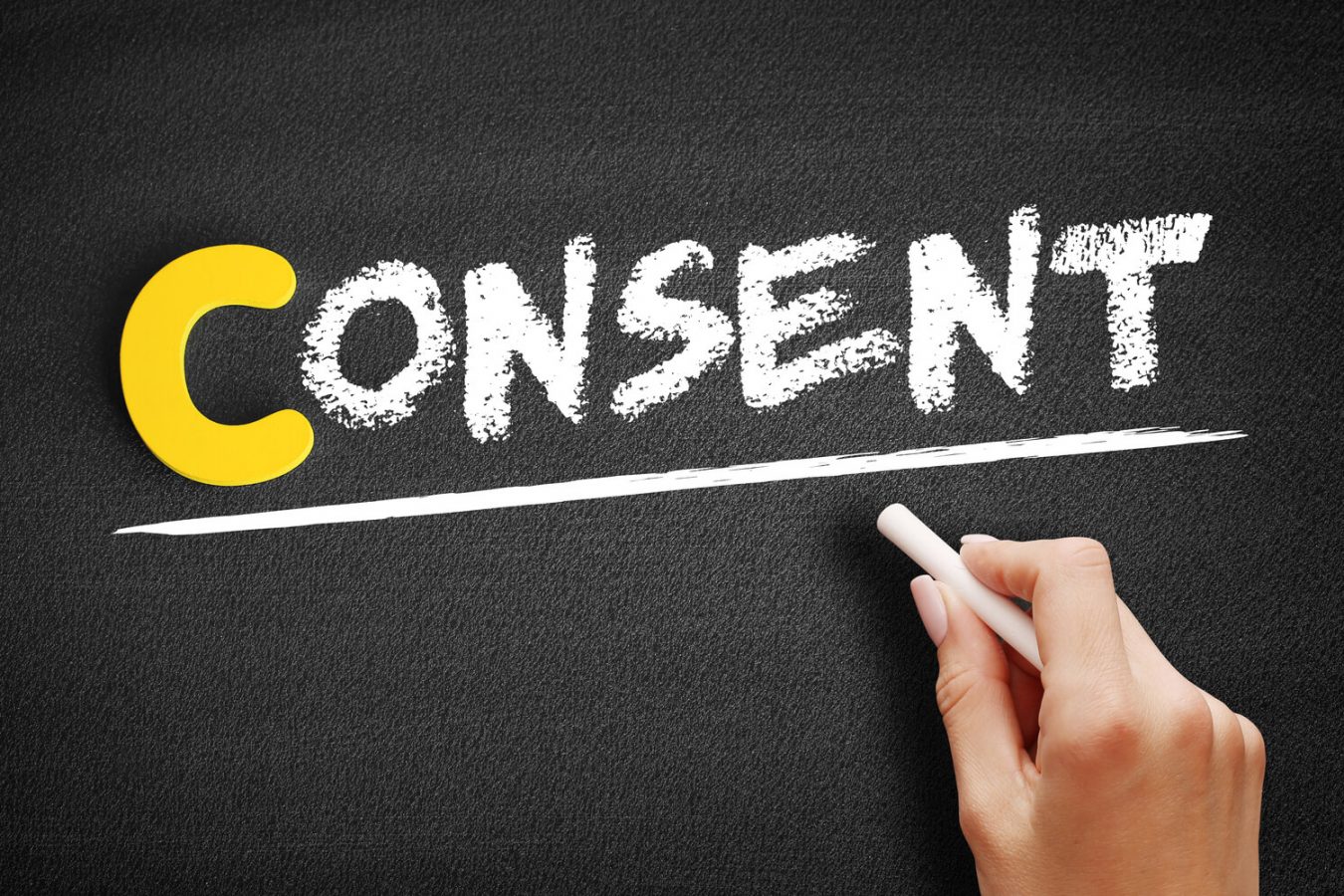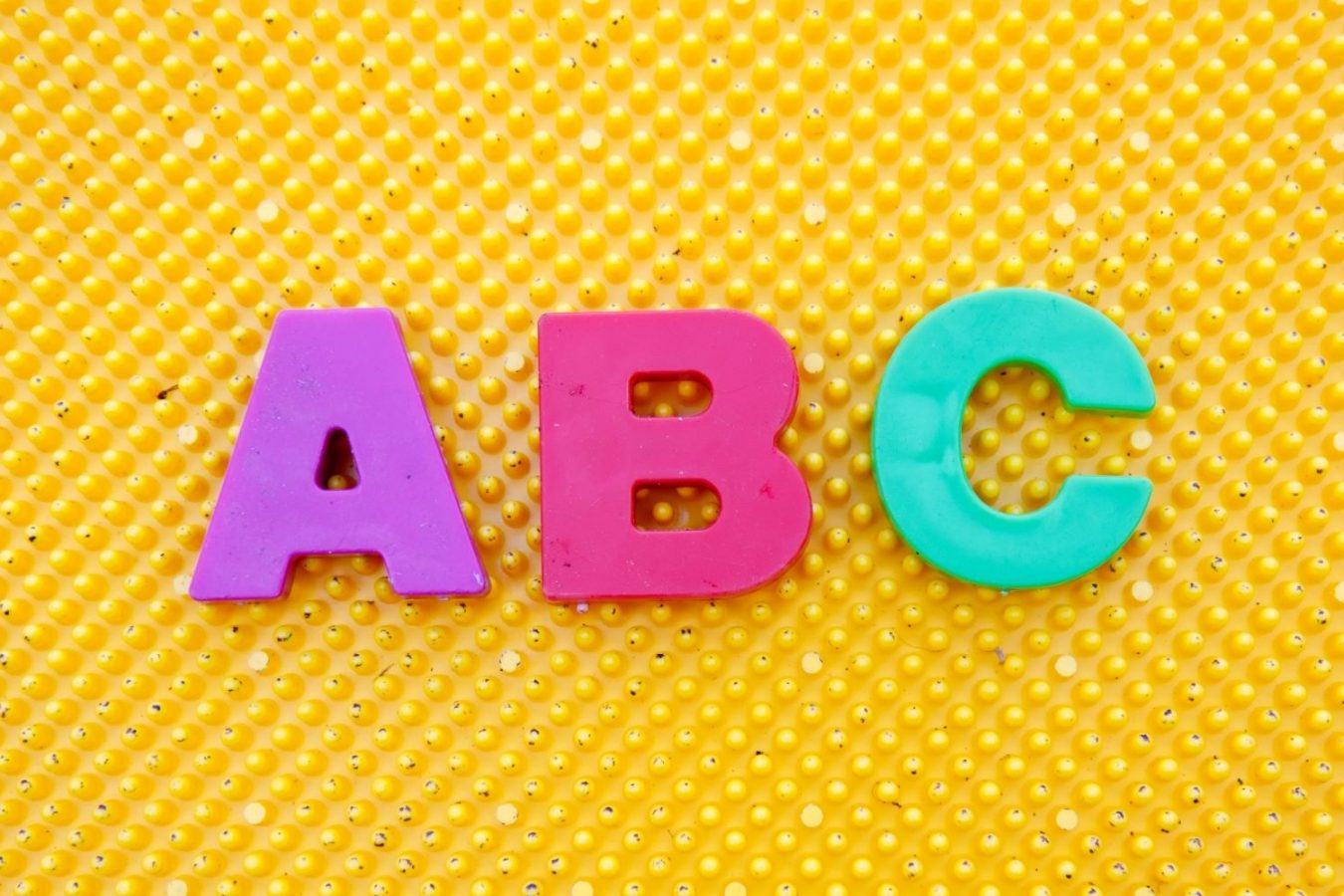
It can be a challenging conversation, but parents must talk to their children about their experiences of sexism and misogyny in school, writes Dr Catherine Smith.
This article contains references to offensive language.
Sexism, misogyny and gendered violence are now part of Australia’s national conversation.
Recently, several male students from a school in Melbourne’s east were expelled after they put together a spreadsheet rating the attractiveness of female students. They used sexist and violent language to describe their peers ranging from ‘wifeys’ and ‘cuties’ to ‘object’ and ‘unrapeable’.
Their behaviour has been described as ‘deplorable’ and ‘disgraceful’, but is it an isolated incident?
Recent Australian research investigated the spike in misogynist influencers, like Andrew Tate, on social media and the impact their sexism is having on attitudes and behaviours.
And it’s not good news. Female teachers told the researchers about a sharp increase in sexism, misogyny and sexual harassment in their classroom.
So how should parents talk to their kids about incidents like this? We asked Dr Catherine Smith from the Centre for Wellbeing Science for her advice about how to have constructive conversations with our young people about sexism.

Q1. This can be a tough conversation for parents (and kids), is there a good way to broach it?
Start the conversation in a comfortable, familiar setting where your child feels safe. This could be in the car, over dinner or during a relaxed weekend at home. A familiar environment can help make the topic feel less intimidating.
You can use current events as a conversation starter. Bring up a relevant event from the news or a situation from a TV show or movie as a natural segue into the conversation.
This approach can help contextualise the issue and make it more relatable.
You can encourage your child to express their thoughts and feelings by asking open-ended questions, rather than ‘yes’ or ‘no’ ones. This not only helps you understand their level of awareness but also helps to promote their critical thinking.
For example, ask: ‘What do you think about how women are sometimes portrayed in games or movies?’
Sometimes young people may tell you things that worry or upset you. Make sure to listen actively and respond calmly. Ask questions to encourage them to keep talking and show you are listening.
Doing this tells your child that you value their views and are genuinely interested in what they have to say. It builds trust and makes them more likely to open up in the future.
All of this does not have to happen in one conversation but can develop over a series of talks.
Reassure your child that it’s okay to have questions and concerns about difficult topics, and reassure them that they can always come to you for a conversation, no matter the subject.
Sometimes you may not know the answers right away but let them know you will always work together to find one This helps them learn their own problem solving skills through the way you model finding reliable help and advice.

As hard as it might be, resist lecturing them and keep the conversation going as long as you are both comfortable. Your child is the expert in what they have seen and experienced so the more they talk, the more you will learn.
Rather than simply imparting knowledge, engage your child in a discussion that helps them understand the impact of misogyny on people and society, and explore together why it’s important to challenge these attitudes.
Q2. The message is a clear one, but are there subtle distinctions between talking to different genders about something like this?
Addressing misogyny effectively requires nuanced conversations that respect the diverse perspectives and experiences that children of all gender identities may have.
As a parent, you can emphasise the importance of recognising their behaviours and the impact they can have on others. Discuss the concept of bystander intervention and how they can play a positive role in challenging misogyny when they witness it.
For some kids, there may be particular pressures to conform to certain masculine norms that can perpetuate misogynistic attitudes. Address peer pressures openly and discuss ways they can stand up against harmful stereotypes.
Parents can help equip children with strategies to handle situations where they might face misogyny, including how to respond and when to seek help from trusted adults.
You can encourage advocacy for themselves and others who face discrimination, and discuss the role of allies in combating misogyny and supporting broader gender equity.

You might discuss the intersectionality of gender identity and misogyny that can acknowledge and validate their unique experiences with misogyny and gender-based discrimination.
And it’s important to demonstrate through your own actions how to treat people of all genders with respect and dignity.
Children learn a lot by observing the adults in their lives.
Q3. Some kids may respond by saying ‘It was just a joke’ or ‘It was a silly mistake’. How should parents handle that?
It’s good to acknowledge the child’s perspective here and acknowledge that while they may not have intended harm, jokes or comments can still hurt others or perpetuate harmful stereotypes.
This helps them see the impact beyond their intentions.
Explain that the impact of their words or actions can be more significant than their intent. Discuss how ‘jokes’ about gender can reinforce stereotypes and make others feel marginalised or disrespected.
This can help them understand the broader consequences of what they might consider harmless humour.

You can encourage empathy by asking them how they would feel if a similar joke were made about them or someone they care about. Children can learn empathy when you help them to consider the feelings of others before speaking or acting.
As part of your ongoing conversations, continue to communicate your expectations for respectful behaviour and language. Explain why certain words or jokes are unacceptable in your family’s values or societal norms.
It’s important to help them develop the ways that they express themselves or have fun without resorting to harmful jokes or comments.
Imagine a situation where your child has mocked another student who made a mistake in a class by saying: ‘All girls are bad at maths’.
You can guide your conversation with statements like:
I understand you meant it as a joke, but let’s think about how it might have affected (the victim of the joke) and other classmates.
Even though you didn’t intend to upset anyone, your joke could make girls feel like they are not good at maths, which isn’t true or fair. How do you think (the victim of jokes) felt hearing that?
Imagine if someone said boys are bad at reading. How would that make you feel, especially if it wasn’t true for you? In our family / in our house, we believe in treating everyone with respect.
It’s important to think before we speak and make sure our jokes don’t hurt others.
Next time, think of a joke that doesn’t involve making fun of someone’s gender or any other personal trait. Humour can be fun without being at someone’s expense.
To reinforce this over time, pay attention to when your child makes positive choices in their humour so that they can become more mindful of their words and encourage them to stand up for classmates when they notice similar behaviour.

Q4. The recent example is an extreme one, but what would you like to see parents actively doing with their kids to change the culture?
Keep talking.
There are many influences (and influencers) that draw in young people by offering belonging and empowerment. Share screen time together and ask regularly about what they are enjoying doing online and with their friends.
Encourage your school to offer parent and student sessions about the learning they are doing around respectful relationships, conflict and consent.
Misogyny affects everyone, not just women and girls. Encourage empathy and consideration, ask them how they would feel if someone they cared about experienced that kind of discrimination or disrespect.
About the author
Dr Catherine Smith is a Senior Lecturer at the Centre for Wellbeing Science, Faculty of Education at the University of Melbourne.
This article was first published on Pursuit. Read the original article.
Like this article? Please share using the buttons on this page.
Stay up to date with our newsletter here

